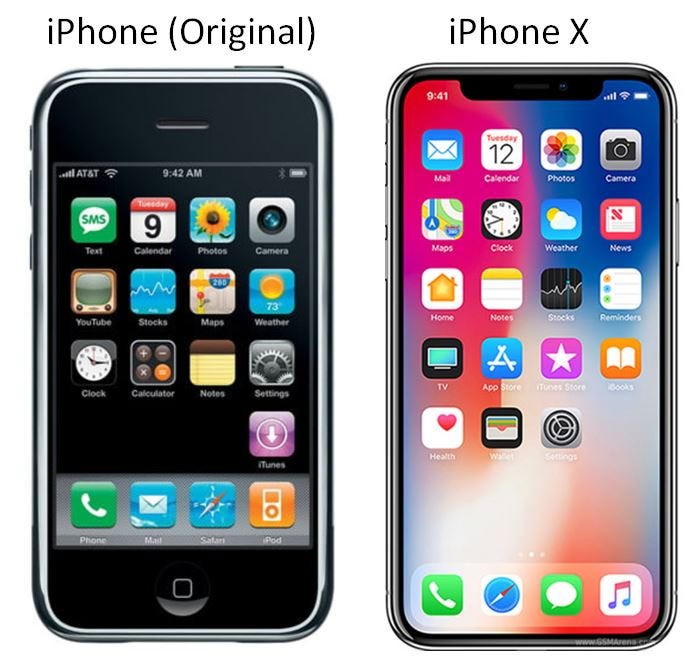A good live-streaming setup is a well-tailored suit.
In the 1980s and 1990s a common piece of advice for people working in the professional managerial class was to ‘dress for the job you want, not for the job you have.’ Throughout these decades, folks dressed aspirationally—a culture of power suits and padded shoulders. All this status-jockeying came at a high cost. Tailoring, dry cleaning, and the attendant rituals of maintaining everything to and from the office. Shoeshines, pressing services, taxi fees, and a general restriction of mobility.
At the apotheosis of aspirational PMC office culture, Silicon Valley utopianism intervened. From the late 90s, a sort of casual revolution asserted itself. Billionaire tech CEOs wore cheap, comfortable and functional clothing, and the status hierarchy was undermined.
Aspirational office attire persisted in conservative corners of the working world, as vestigial as barristers’ wigs, but the mass-cultural sense was that we would heretofore be judged not by our clothing, but by our productive output.
This changed in 2020.
2020 was the year of the great disruption. In a matter of days offices were abandoned, and work from home was entrenched.
It took roughly a month before it started to happen. Senior execs across the tech industry, whether through a longstanding fascination with camera technology, or through access to AV support and personal assistants, emerged from the electronic ether with impeccable home studio setups.
Bill Gates faces off against a Bloomberg anchor in a traditional studio environment. The anchor’s setup is acceptable but by no means impeccable. Her self-presentation is overawed by Gates’ setup.
What’s pernicious about this new organization: whereas the status of a double-breasted banker suit is transparently obvious, the technical arrangement that conspires to give an amazing streaming setup is altogether inscrutable to lay people.
What’s required for an impeccable streaming setup?
1) Good lighting that can be precisely calibrated, both in brightness and in colour temperature
2) A good camera with a big sensor and a wide aperture lens
3) A good microphone
4) The right rigging to hold everything together
5) Ambient fill lighting
6) The technical expertise to understand how colour temperature, shutter speed, aperture, and ISO conspire together to form a beautiful picture.
This line of reflection raises an adjacent question: how does fashion transition from the In Real Life domain to the virtual domain?
Fashion is equal parts Baudelaire’s notion of the ephemeral, and a preoccupation of constructing identity and appearance in the domain of the social.
When fashionistas enter the virtual social field of the screen, but waste all their efforts on their combination of garments within the space, my mind jumps immediately to the skeuomorphic designs of the early iPhone.
I want to see Gucci deliver a home studio build for their elite clients, that fully and completely ‘guccifies’ their space. Again, this is not reducible to the physical objects ordered in the visual field. It extends to the optics, to the lighting, maybe even the film grain of their digital feed, evoking 8mm film cameras, or anamorphic cinematograph.
An elevated home studio will convincingly communicate that the subject is basking in a Kyoto bamboo forest. Lush projected backgrounds, ambient natural thrumming, organic shadow-cast.
Put another way, fashion is mediated self-presentation. The domain of all possible self-presentations is infinite, and fashion exists in this arbitrary space, now playful, now historical, now futuristic, now mournful. Those who use their full field of expression to evoke these moods in a field of infinite possibility will be the determining forces of fashion.
Of course a day will soon come when augmented and virtual realities will fully absorb these reflections, but that is not yet our world.





